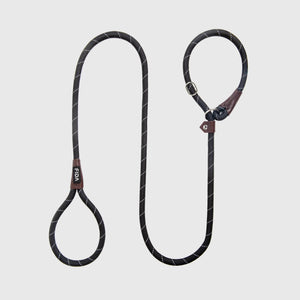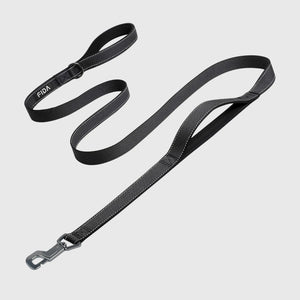
How Harnesses Affect Canine Gait: What the Science Says
A well-fitted harness should let a dog move naturally. When it doesn’t, the subtle ways a harness sits on the chest and shoulders can change how a dog steps, turns, and carries its body — and over time those small changes add up into stiffness, soreness, or altered posture. Below is a plain-English look at the biomechanics involved, how a poor fit can create problems, and simple, practical checks you can do on a short trial walk.
A quick primer on the key biomechanics
Understanding how a dog moves makes it easier to spot problems.
-
Shoulder rotation (scapular motion): Dogs don’t have clavicles like people do; their scapulae (shoulder blades) slide backward and forward along the ribcage as they stride. If a harness strap sits over the scapula and restricts that sliding, the dog shortens its stride to avoid rubbing or pressure.
-
Scapula clearance: A harness should avoid blocking the upper portion of the shoulder blade. Restriction here reduces the shoulder’s range of motion and can produce a choppy, stilted gait.
-
Spine alignment and trunk flexion: The spine flexes slightly as the dog moves. A harness that pulls unevenly on one side can cause the dog to twist or brace, placing strain on the hips and lower back.
-
Load distribution: Where you attach the leash matters — a collar focuses force on the neck, while a chest/front-clip harness spreads force across the chest and shoulders. Balanced distribution reduces localized pressure and is easier on soft tissues.
How poor fit alters gait — common patterns to watch for
-
Shortened stride: When chest straps ride up or rub, dogs often take shorter steps to minimize discomfort. Over weeks this can tighten shoulder muscles.
-
Head-tossing or leaning: If pressure is uneven, dogs may lean to one side or toss their head to offload the sensation — a subtle sign that the harness is misaligned.
-
Stiff shoulders or high stepping: Compensatory changes like higher foot lift or stiff forelimbs show the dog is protecting a joint or soft tissue.
-
Hindlimb compensation: If the front end is restricted, the hindquarters may overwork to maintain speed and balance, which can lead to hip or back issues.
These changes aren’t always dramatic — often they’re subtle at first. Trainers and vets spot them by comparing how a dog moves with and without the harness during a short trial.
What observational studies and trainers report
Field observations from trainers and basic gait studies repeatedly emphasize two points: (1) fit matters more than brand, and (2) even a small adjustment in strap placement changes stride length. Trainers often compare video of the same dog walking with different harness setups: a harness that allows scapular clearance and even chest pressure produces longer, more relaxed steps. When a harness shifts or the dog tries to avoid rubbing, you usually see stiffness within minutes.
Practical takeaways for owners — a simple routine
You don’t need to be a biomechanist to help your dog. Use this short routine before you commit to a harness or after you buy one.
1. Basic fit checks (on the dog)
-
Straps should lay flat, not twisted.
-
You should be able to slide two fingers under each strap at rest.
-
Chest plate or front strap should sit low enough to clear the shoulder blade when the dog reaches forward.
2. Do a 3-minute trial walk (video if possible)
-
Walk your dog on a familiar route for three minutes, then repeat without the harness (or with a loose leash if required).
-
Use your phone to record a short side-view clip. Look for stride length, head position, and whether the dog shortens steps when the harness is engaged.
3. Watch for these red flags
-
Repeated head-tossing, skipping steps, or reluctance to extend the front leg.
-
Visible chafing or hair loss where straps rub.
-
Avoidance behavior: sudden stopping at the harness area or backing away when you approach to put it on.
4. Adjust and re-check
-
If you see problems, loosen or re-position straps slightly and repeat the short walk. Small changes often fix the issue.
When to consult a pro
If you notice persistent gait changes, repeated soreness, or clear limping, see your veterinarian or a certified trainer. A vet can rule out an underlying medical issue; a qualified trainer or rehab specialist can recommend harness styles and fit tweaks that support healthy movement.
Final thought
A good harness helps a dog move more freely, not less. Spend a few minutes checking fit and watching a short trial walk — the difference in stride and comfort is often obvious. Small, targeted adjustments protect your dog’s shoulders, spine, and long-term mobility, and make every walk more comfortable for both of you.


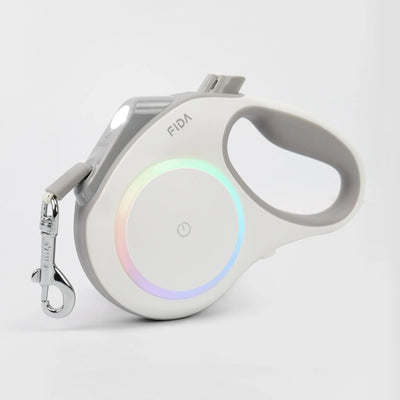
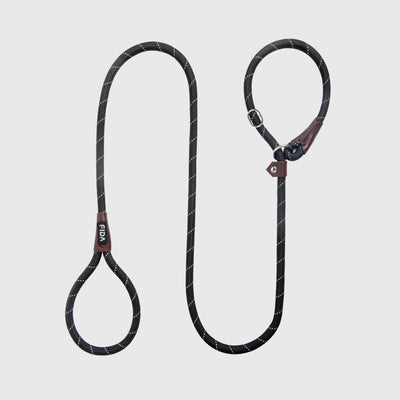

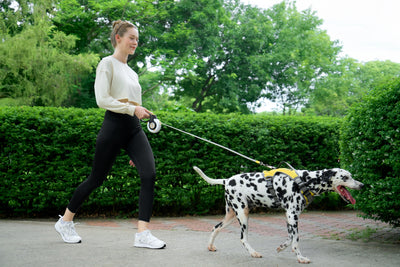
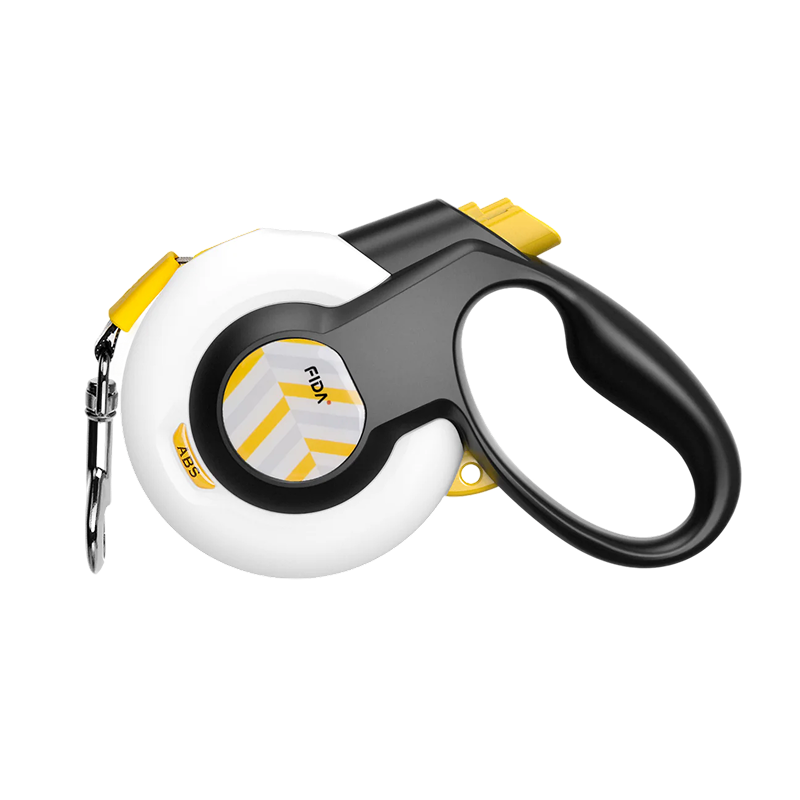 Retractable Leashes
Retractable Leashes
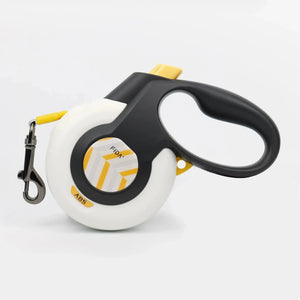

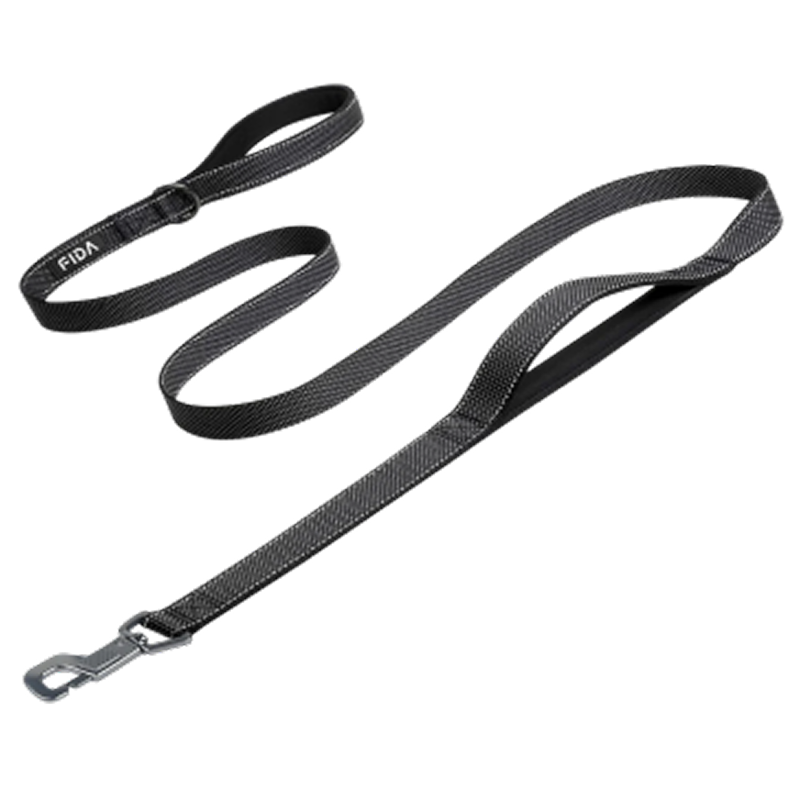 Non-Retractable Leashes
Non-Retractable Leashes
